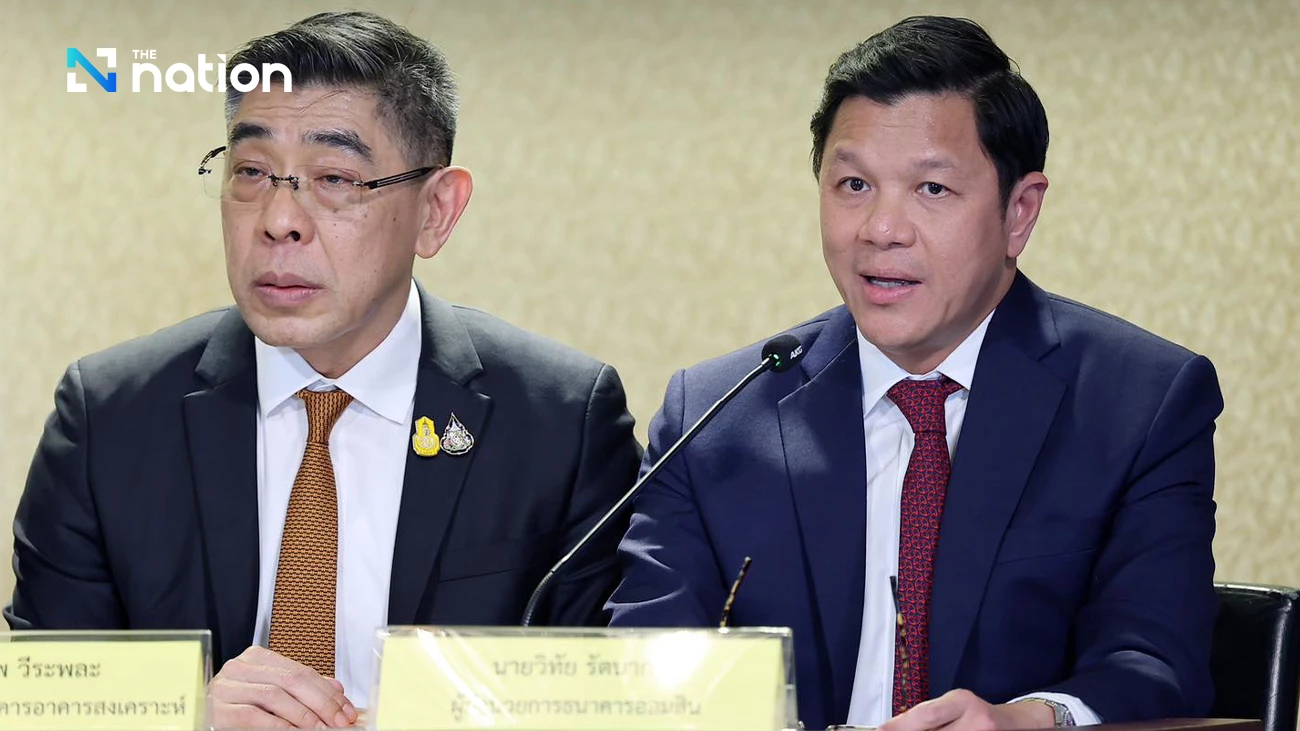Urbanisation to drive growth in second cities

Experts say smaller cities could play important economic role
The Government is betting on urbanisation to drive economic growth in secondary cities and narrow the widening income gap, while some small cities are experiencing a property market boom as villagers leave for urban areas.
Family members were surprised when “Napa” (who requested her real name not be used) recently purchased a new house in the urban area of Ubon Ratchathani province.
“Why do you want to stay in the city after you’ve lived so long in our little village?” her relatives asked.
Because she wanted to own her own assets, she replied.
Her remark reveals that Napa has no interest in following in her parents’ career in rice farming. Hers is a civilservice career, and one that has perฌmanently separated Napa from her roots in a small farming family. She is not alone: Napa is one among the many people from small villages in remote rural areas moving to secondary cities. “The urbanisation in the secondary cities will both boost local economic growth as well as narrow down the wide income gap between people who live in big cities and smaller ones,” said Soraphol Tulayasathien, executive director of the macroeconomics policy bureau of the Fiscal Policy Office.
Secondary cities may now be on the government’s radar. A recent programme promoted tourism growth in the nation’s 55 secondary cities by granting tax breaks of Bt15,000 for travelling expenses of domestic visitors. Over the past 30 years urbanisation in Thailand has been increasing, but for the most part remained concentrated in a few large cities, mainly Bangkok, Chiang Mai, Phuket, Nakhon Ratchasima and Khon Kaen, said Soraphol.
According to the World Bank, Thailand’s urban population was 52 per cent of its total population in 2016. In Malaysia, 75 per cent of the total population is urban. Roads, rails and other infrastructure projects will play a key role in driving the economy of smaller cities, said Soraphol.
Indeed, many and sometimes masฌsive infrastructure projects are planned, including roads, motorways and double trackrail – and construction of a high speed rail line linking Bangkok to Nakhon Ratchasima was recently kicked off.
Officials believe that benefits from the government investment in the Eastern Economic Corridor (EEC) will reach beyond the main industrial cities on the Eastern coast, to also help nearby small cities, like Prachinburi and Chanthaburi. As well, highspeed rail would also benefit smaller towns close to Nakhon Ratchasima, such as Buriram and Surin provinces, proponents have argued.
The Fiscal Policy Officer noted in last November’s monthly economic report that economic indicators suggest new investments in Prachinburi province contributed to higher growth in the Eastern region.
A rise in the number of property projects in smaller cities also reflected growing urbanisation, which also increased the economic value of land use and created nonfarm jobs. Land likely to be developed has a higher price than land used for rice farming or other farm activities.
Property developers have started to move back to secondary cities such as Udon Thani after over investing in Udon Thani in aftermath of big floodฌin Bangkok in 2011 that causing over supply but now Market can absorb it, said Samma Kitsin, property expert.
Special economic zone projects such as in Trat province also contribute to urbanisation by creating jobs that attract workers, said Samma.
Some economists are more cauฌtious about whether economic growth driven by urbanisation can be sustained.
Sumet Ongkittikul, research direcฌtor at the Thailand Development Research Institute, argued that past motorway development had served the interests of industrial parks, espeฌcially in Ayutthaya and Chonburi provinces.
Mass transit projects were conฌcentrated in Bangkok, with people in smaller cities shut out of the benefits. Thailand is only just now thinking about developing infrastructure for other cities outside Bangkok, said Sumet.
Teerana Bhongmakapat, former dean of Chulalongkorn University’s Economics Faculty, said that economic growth driven by government investment in secondary cities would not be sustained if those cities had no longterm economic potential.
Economic dynamics tend to make a few cities grow ever larger as they draw in capital and human resources from nearby cities, said Teerana.





